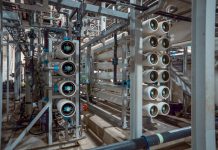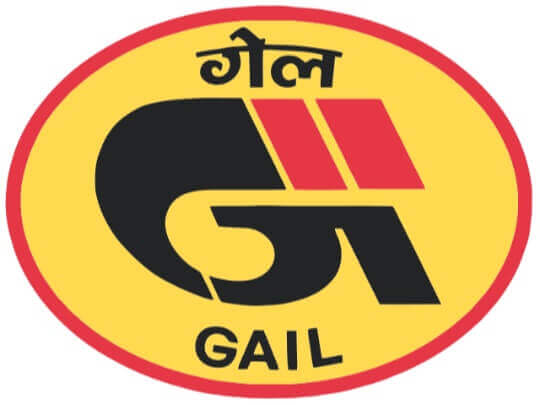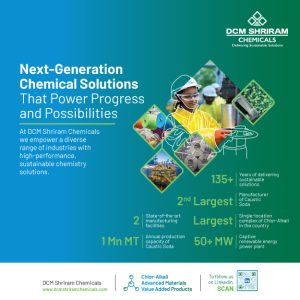GAIL (India) Limited has successfully completed over 97.6% of the Jagdishpur-Haldia-Bokaro-Dhamra Pipeline (JHBDPL), widely known as the Pradhan Mantri Urja Ganga. Out of this, 96.6% of the network has already entered commercial operation, marking a major milestone in the government’s drive to expand natural gas infrastructure across eastern and northeastern India.
Massive Network Spanning Six States
The pipeline project, including the Barauni–Guwahati extension, spans an authorised length of 3,306 km and traverses six key states—Uttar Pradesh, Bihar, Jharkhand, Odisha, West Bengal, and Assam. To date, 3,227 km of the pipeline has been laid, and 3,119 km is fully operational.
Key operational segments include:
*Phulpur–Dobhi–Bokaro–Durgapur
*Bokaro–Angul–Dhamra
*Dobhi–Barauni–Guwahati
The integrated gas corridor currently transports 12.26 million standard cubic meters per day (MSCMD) of natural gas, fueling economic growth in the region.
Powering Fertiliser Plants, Refineries, and Cities
The pipeline is supplying gas to a diverse consumer base, including:
*Four fertiliser plants
*Two major refineries – Barauni and Paradip
*Numerous industrial users
*Thirty-two city gas distribution (CGD) networks
Major cities already benefiting from CGD connectivity include Varanasi, Patna, Ranchi, Jamshedpur, Bhubaneswar, Cuttack, and Kolkata.
Progress on Key Sections
In the Durgapur–Haldia stretch (294 km), GAIL has already commissioned 132 km up to Kolkata. Out of the remaining 162 km to Haldia, pipeline laying work is complete for 103 km. Meanwhile, in the Dhamra–Haldia section (240 km), 198 km of pipeline has been laid. Work is actively progressing on the remaining stretch.
A Game-Changer for Eastern India’s Energy Landscape
Once fully operational, the Pradhan Mantri Urja Ganga will serve as a transformative energy corridor, accelerating the shift toward cleaner fuels across India’s eastern and northeastern states. Projectstoday.com reports that the project will significantly boost industrial growth, enhance urban infrastructure, and improve energy access in some of the country’s fastest-growing regions.

































